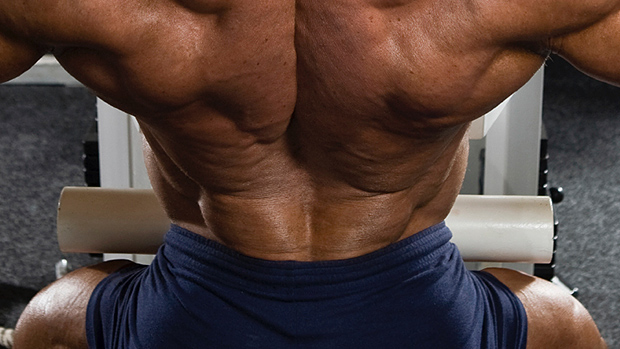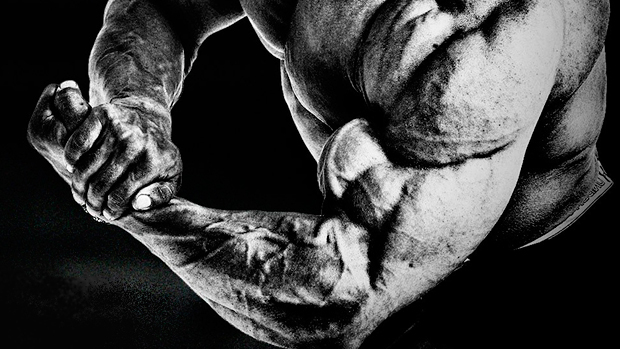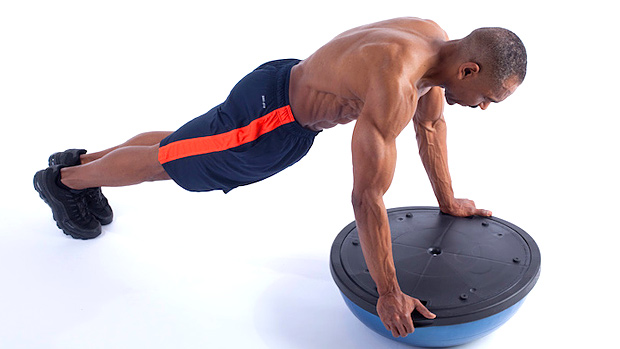Ever have pain off to the side of your back, close to the top of the pelvis? That's your SI joint barking at you.
What's the SI Joint?
The sacroiliac joint connects the hip bones to the base of the spine. Its primary job is to absorb shock between the upper body, pelvis, and legs. Problems may arise if there's too much motion of the joint. It's reinforced by small, surrounding ligaments as well as muscles like the gluteus maximus and piriformis.
The posterior oblique sling also comes into play because it runs diagonally across the SI joints from the lats to the opposite glute across the thoracolumbar fascia (low back connective tissue) on the back of the pelvis. This sling stabilizes the SI joints.
Why Does It Cause Pain?
SI joint pain is often caused by the TFL (tensor fascia latae) being overly engaged. The TFL brings the hip into flexion and acts as a stabilizer of the pelvis while standing. If unchecked by the gluteus maximus and piriformis muscles, an imbalance occurs, causing pain and dysfunction.
Additionally, the lats and glutes not properly working together contribute to the SI joint's instability.
How Do I Fix It?
To address SI joint pain, release the overly-engaged TFL muscle and engage the weak, under-engaged glutes and piriformis. Perform movement patterns to activate or engage the posterior oblique sling muscles to create more reinforcement of the joints and low back.
A byproduct of doing posterior oblique sling work is increasing awareness of your body by training the mind-muscle connection. These muscles are difficult to engage if you're arbitrarily going through the motions. This will transfer nicely to your regular lifts as your ability to voluntarily contract the lats and glutes increases.
Methods
Foam Roll the TFL
Find the "front pocket line" on the upper leg. That's the area where your TFL is located. Grab a foam roller and lie on it. Once you feel an area of tenderness, hunker down on that spot and breathe through it. Hunt the pain down and smash it for two minutes.
Split Stance Band Rotation
- Take a lunge stance.
- Grab the handle of a band or cable with the same hand as the front foot, using the other hand for support.
- Pull away from the apparatus, leading with the elbow to fire that same-side lat.
- As you pull, squeeze the glute of the extended leg.
- Don't over-rotate. Go as far as maximal engagement of the lat will go, then rotate back to the start position.





